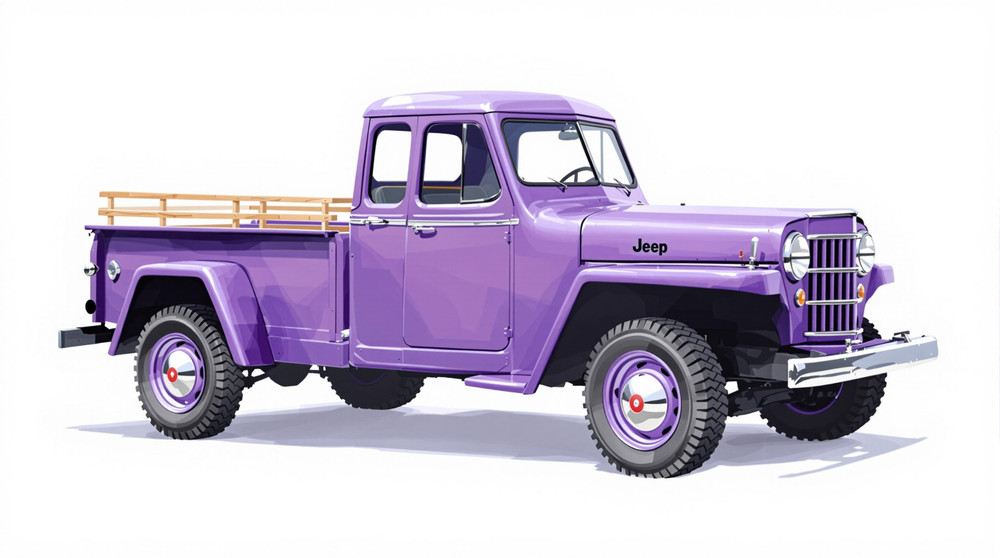Image of 1952 Jeep Willys, Note: These illustrations use artistic license and may differ from actual historical models.
Performance Metrics
Fundamental Metrics
Emotional Appeal
MMP Rating
| Engine Specifications | |
|---|---|
| Engine: | L134 Go Devil I4 |
| Displacement: | 134.2 cu in (2.2 L) |
| Horsepower: | 60 hp |
| Torque: | 105 lb-ft |
| Compression Ratio: | 6.48:1 |
| Ignition System: | Battery and coil |
| Cooling System: | Liquid-cooled |
| Performance Specifications | |
| 0-60 Time: | Not available due to the vehicle's age and purpose |
| 1/4 Mile Time: | Not available due to the vehicle's age and purpose |
| Top Speed: | 65 mph |
| Transmission and Drive | |
| Drive Type: | 4WD |
| Transmission Type: | T-90 3-speed manual |
| Fuel and Efficiency | |
| Fuel System Type: | Carter YF 1-barrel carburetor |
| MPG: | 17 mpg |
| Dimensions and Brakes | |
| Brakes: | Hydraulic drum brakes |
| Wheelbase: | 80 in (2,032 mm) |
| Weight: | 2,337 lbs (1,060 kg) |
Note: Specifications for classic cars are given to the best of our ability, considering the limited and variant data available.
The Unyielding Legacy of the 1952 Jeep Willys
The 1952 Jeep Willys is not just a vehicle; it's a testament to rugged durability and timeless design. Born out of necessity and forged in the fires of World War II, the Jeep Willys emerged as a civilian hero in post-war America. Its manufacturer, Willys-Overland Motors, had already made a name for itself with the military MB model, and the '52 model carried that torch into peacetime. A unique fact that car enthusiasts might find fascinating is that the Willys Jeep was the first vehicle to be driven on all seven continents – a testament to its go-anywhere capability.
Design and Innovation
The exterior of the 1952 Jeep Willys was a picture of utilitarian simplicity, with its flat fenders, vertical slat grille, and round headlights exuding an aura of no-nonsense functionality. Inside, the cabin was spartan, with basic gauges and durable materials built to withstand the elements. Technologically, it boasted innovations like four-wheel drive and a robust powertrain that were ahead of their time, offering unprecedented off-road capability. Color options were typically limited to those befitting its utilitarian nature, with olive drab being iconic among them. The most popular body style was undoubtedly the CJ (Civilian Jeep) version, which became synonymous with outdoor adventure.
Historical Significance
The 1952 Jeep Willys didn't just influence automotive design; it revolutionized it. It set the standard for off-road vehicles and inspired a whole genre of 4x4s and SUVs. Its impact is still felt today in every vehicle designed to traverse challenging terrain. The Willys Jeep was not just a car; it was a symbol of American ingenuity and resilience.
Performance and Handling
Performance-wise, the 1952 Jeep Willys was more about torque than top speed, designed to conquer rough landscapes rather than race down highways. Its acceleration was modest by today's standards, but its low-end grunt was exceptional. Handling was straightforward and honest – you felt every bump and turn, connecting you to the road (or lack thereof) in an unfiltered manner. Driving a Willys was about the raw, mechanical interaction between man and machine.
Ownership Experience
The Jeep Willys was as versatile as they come – equally at home on the farm, in the forest, or on display at a vintage car show. Its reliability was legendary, and its simplicity meant that maintenance and repairs could often be done by the owners themselves. It was a vehicle that invited a hands-on relationship.
Fun Facts
A few fun facts about the 1952 Jeep Willys include its cameo roles in numerous war movies and its use by celebrities like Ronald Reagan on his ranch. While not known for setting speed records, it set benchmarks for off-road capability. Criticisms were few but typically centered around its Spartan comforts – or lack thereof.
Collector's Information
Today, the 1952 Jeep Willys is a coveted piece for collectors. While exact production numbers are hard to pin down, it's estimated that hundreds of thousands were made. Values can vary widely based on condition and originality, with well-restored examples fetching anywhere from $15,000 to $30,000 or more. The market trend shows appreciation for these vehicles as their historical value continues to be recognized.
Conclusion
The 1952 Jeep Willys is more than just an old car; it's a piece of history that you can drive. Its design has stood the test of time, its capabilities have inspired an entire industry, and its legacy is as enduring as its steel frame. Whether you're a collector or an enthusiast, the Willys Jeep is an emblem of where we've been and how far we've come.
1952 Jeep Willys Catalog of Parts
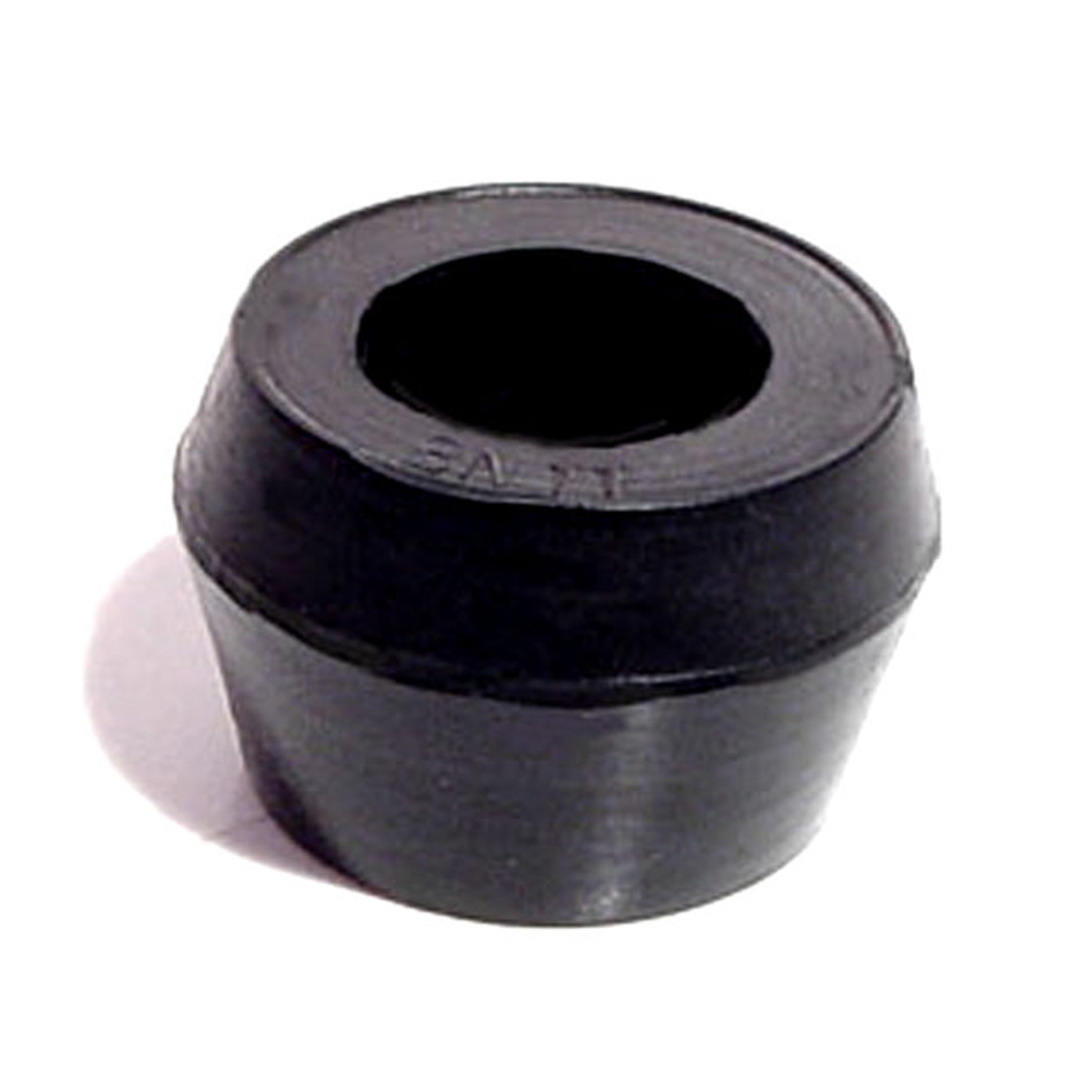 1952 Jeep Willys Shock Absorber Grommet. 1" bottom O.D-BN 11Shock Absorber Grommet. 1" bottom O.D., 3/4" high, with 5/8" I.D. Each
1952 Jeep Willys Shock Absorber Grommet. 1" bottom O.D-BN 11Shock Absorber Grommet. 1" bottom O.D., 3/4" high, with 5/8" I.D. Each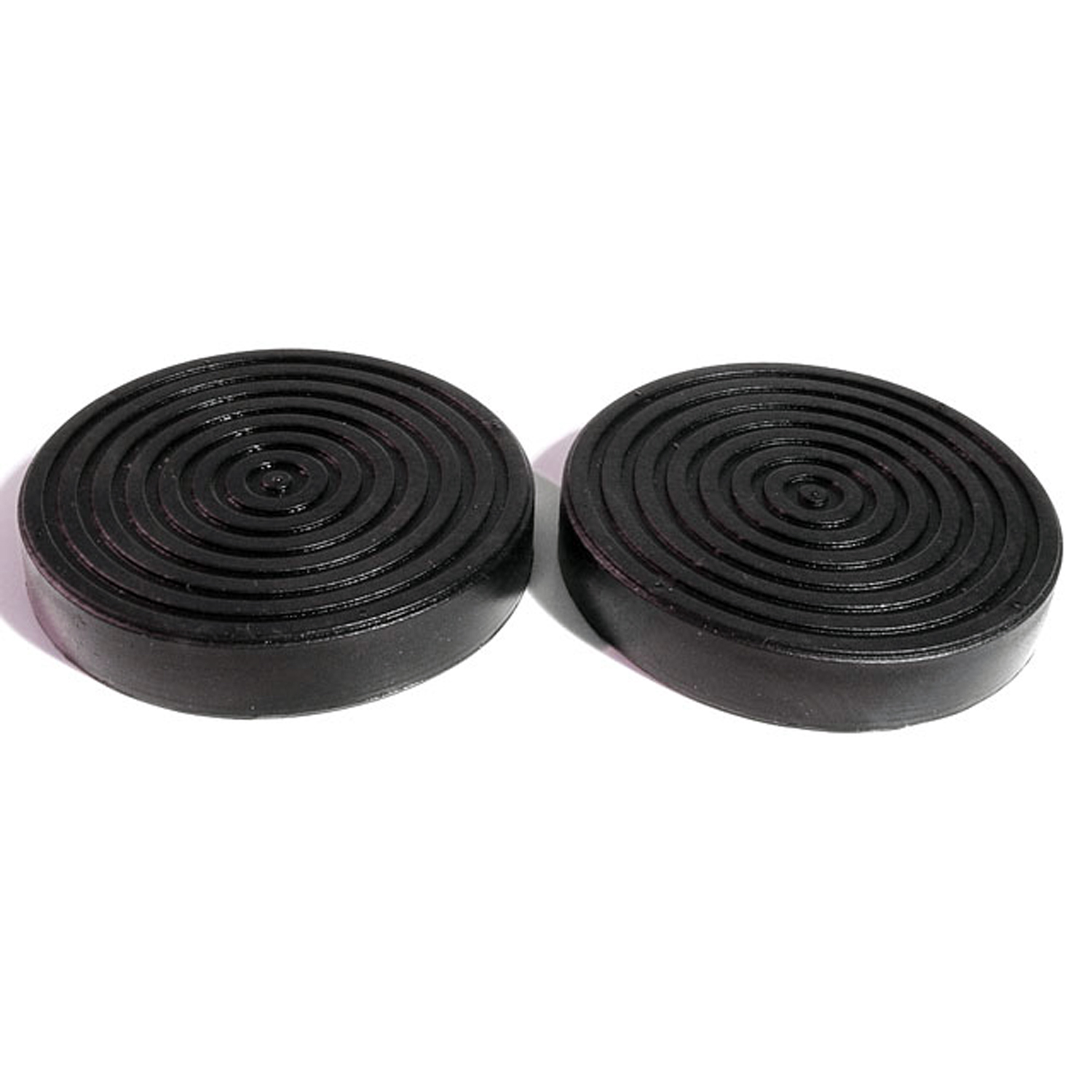 1952 Jeep Willys Clutch and Brake Pedal Pads. 3" Diameter. Pair-CB 61Clutch and Brake Pedal Pads. 3" Diameter. Pair
1952 Jeep Willys Clutch and Brake Pedal Pads. 3" Diameter. Pair-CB 61Clutch and Brake Pedal Pads. 3" Diameter. Pair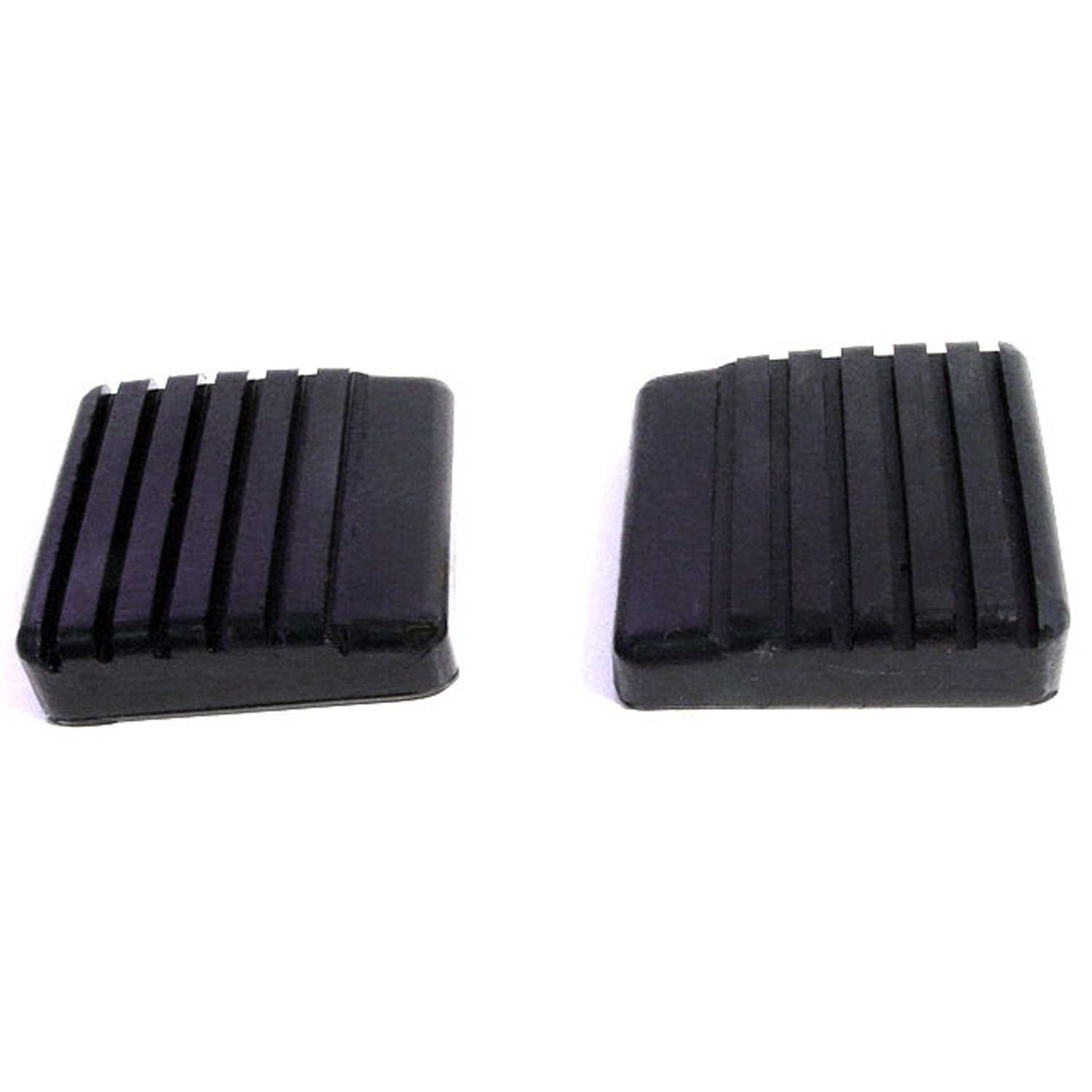 1952 Jeep Willys Clutch and Brake Pedal Pads. Pair-CB 61-BClutch and Brake Pedal Pads. Pair
1952 Jeep Willys Clutch and Brake Pedal Pads. Pair-CB 61-BClutch and Brake Pedal Pads. Pair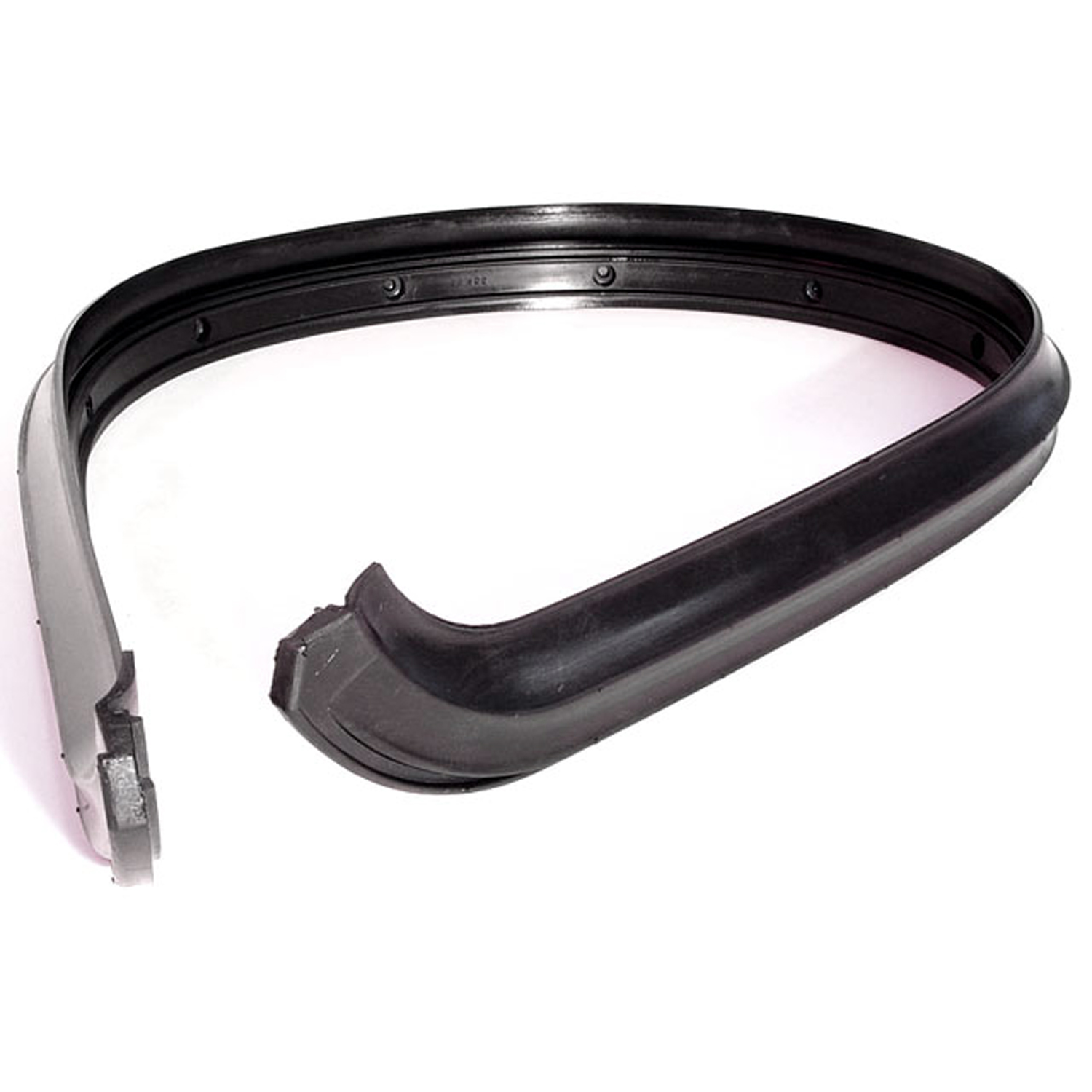 1952 Jeep Willys Windshield to Cowl Seal. 55-1/2" long. Each-CS 102Windshield to Cowl Seal. 55-1/2" long. Each
1952 Jeep Willys Windshield to Cowl Seal. 55-1/2" long. Each-CS 102Windshield to Cowl Seal. 55-1/2" long. Each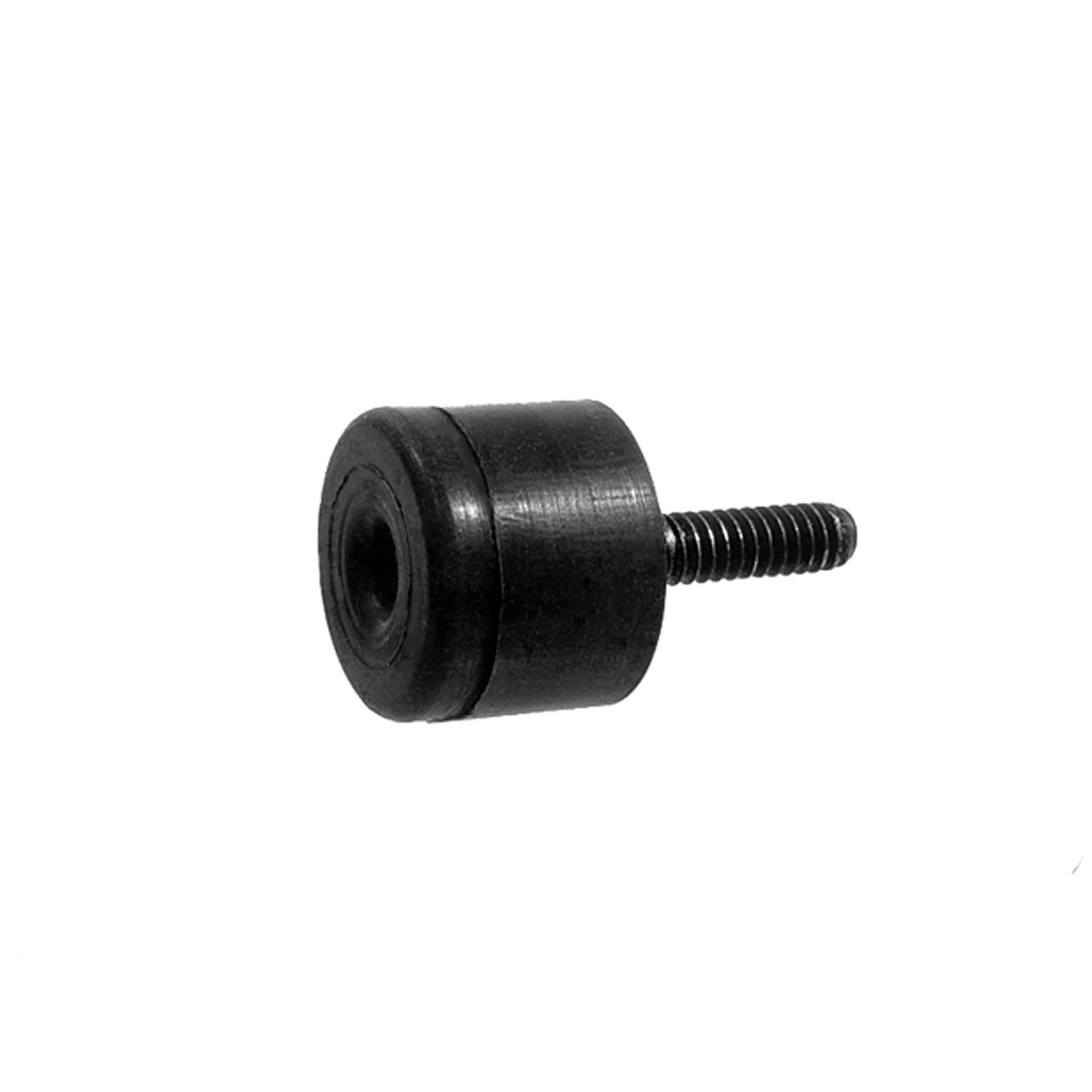 1952 Jeep Willys Accelerator Pedal Pad Link connecting Socket. 3/4" O.D-RP 43-AAccelerator Pedal Pad Link connecting Socket. 3/4" O.D., 1/4" I.D., 3/4" long screw. Each
1952 Jeep Willys Accelerator Pedal Pad Link connecting Socket. 3/4" O.D-RP 43-AAccelerator Pedal Pad Link connecting Socket. 3/4" O.D., 1/4" I.D., 3/4" long screw. EachWhy Choose Metro?
For over 100 years, Metro Moulded Parts has been the pinnacle of quality in classic car restoration parts. Our commitment to precision and authenticity in every component ensures a perfect fit and an OEM-level appearance.
- Expert Craftsmanship & Quality: Each part is a testament to our dedication to reliability and perfection, crafted from original designs and thoroughly tested.
- Advanced Technology: We use cutting-edge techniques to create flawless, long-lasting parts that surpass others in performance.
- SuperSoft Sponge – The Ultimate Door Seal: Not only are our door seals 30% softer than competitors', but they're also guaranteed to never leak. They effectively reduce wind and road noise, enhancing your classic car's comfort and driving experience.
- Proudly American: Our parts are a product of American craftsmanship, made in the USA with a spirit of excellence and heritage.
- Unrivaled Warranty: We back our products with a 30-year industry-leading warranty, a testament to our confidence in their quality.
Join us in preserving the legacy of classic cars with parts that are crafted for perfection, not just made.

